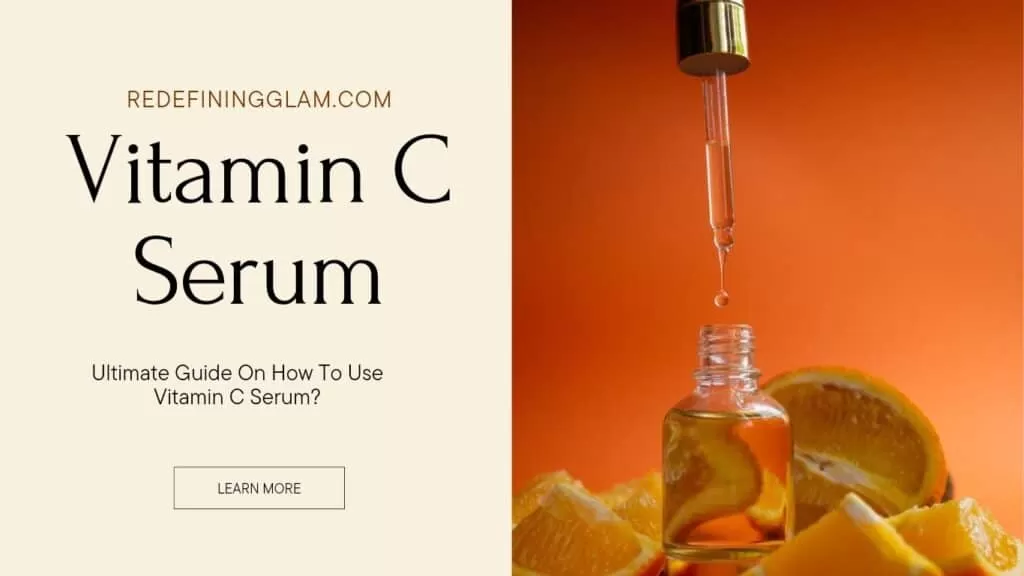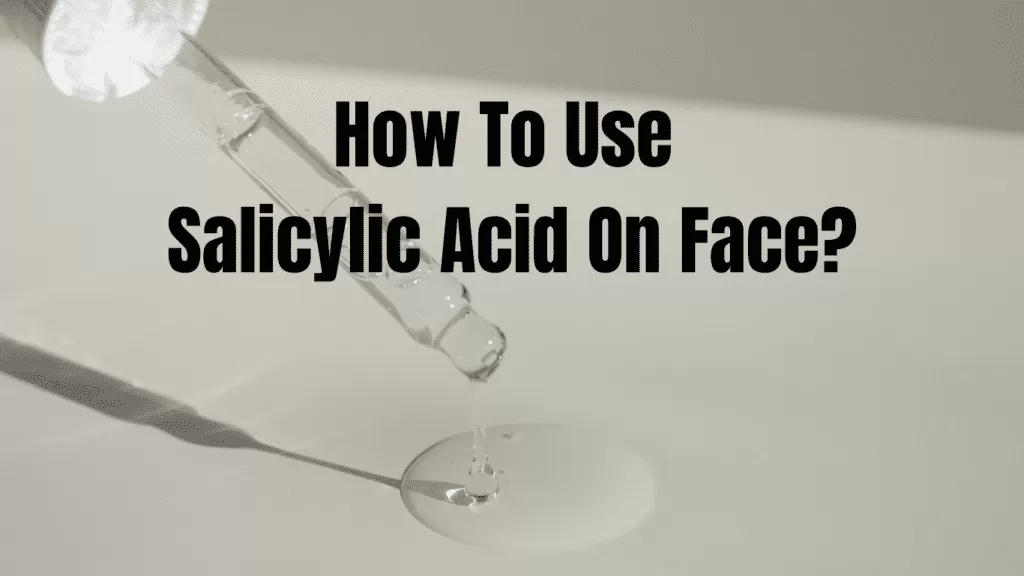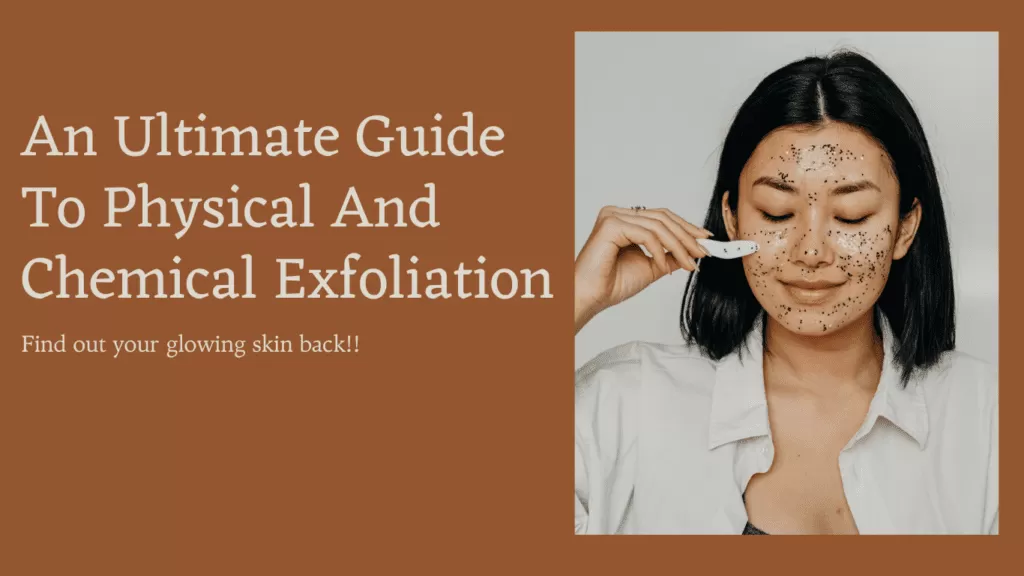
Does your skin feel oily throughout the day, mainly around the T-zone area? And your face appears shiny, feels greasy, and is more prone to blemishes and breakouts? Well, if you are nodding your head to yes for these, then drum rolls, you have an oily skin type.
Taking care of oily skin can be a headache for many people, especially when you are a teenager or young adult. These days, our skin is more oily and acne-prone. Why? Well, because of an increase in sex hormones that results in excess sebum production. So here we are with an ultimate guide on how to build a skincare routine for oily skin.
So if you are confused as to what to apply on your skin to control that oil factory on your face, you must check out this article as it will help you build a good am and pm skincare routine for oily skin.
Understanding Oily Skin- How To Build AM and PM Skincare Routine for Oily Skin?
To build a perfect am and pm skincare routine for oily skin, we need to first understand it better.
Oily skin is a result of a hyperactive sebaceous gland that produces a substance called sebum.
Sebum is a naturally healthy skin lubricant, but when produced in excess, it can clog your pores and cause acne breakouts.
Advantages of Oily Skin
When our skin produces excess sebum, it becomes thick and heavy, resulting in oily skin. But does it mean having oily skin is bad? Well, let us listen to some research:
- “The oily skin was more protected against wrinkling and facial looseness than dry skin.-(1)”
- “The oily skin showed lower dermis echogenicity mainly in the frontal region and higher dermis thickness when compared to normal/dry skin.(2)”
- “Skin type is also a significant factor in skin aging. People who have dry skin are more vulnerable to having wrinkles than oily skin (3)”
To boil it down, oily skin is less vulnerable to wrinkles and aging signs than dry skin. Why?
- Oily skin has a thicker epidermal layer than other skin types. It provides additional support and resonance for them against the formation of wrinkles.
- Oily skin also has a thick lipid barrier that prevents moisture loss and protects the skin from the sun and environmental damage.
- Oily skin sheds more in comparison to other skin types and has a smooth and youthful complexion if exfoliated properly.
- Excess oil on the skin acts as a barrier that prevents evaporation of moisture from the skin.
- Sebum has antioxidant properties that neutralize free radicals that can damage skin cells and accelerate the aging process.
- Lastly, sebum contains enzymes that break down collagen and elasticity, which help maintain skin elasticity and firmness.
There are a few more benefits of oily skin, but let’s cut it down to the cons. Every coin has two faces- one good and one bad. For oily skin, the cons are on the heavier side.
Disadvantages Of Oily Skin
Oily skin is the hardest to take care of. The most common descriptions of oily skin are greasy, oily, shiny, annoying, grimy, etc.
Oily skin can be summarized in a few simple words:
“You can recognize oily skin with its visible signs due to high oil production, enlarged pores, frequent breakouts and pimples, and deep down dryness.”
The biggest disadvantage of having oily skin is clogged pores. Without a proper cleansing routine, excess sebum combined with dirt and germs can clog your pores, causing acne.
Want to know the perfect cleansing routine for your skin? Well, here is a perfect guide for you-How to Properly Cleanse Face With Acne?
The other disadvantage of oily skin is enlarged pores. Excess oil production stretches the pores, making them visible from afar. It also contributes to a rough appearance and uneven texture.
Want to reduce enlarged pores? You can manage your open pores smartly with this guide-How To Treat Open Pores On the Face?
Another challenge for oily skin is makeup. For people with oily skin, makeup never stays in place; it slips off and even appears patchy.
Similarly, removing makeup from oily skin is also tricky. You have to remove it completely from your skin to avoid acne. But using an oil cleanser for the same purpose seems daring.
Don’t worry, we have a simple trick for you. You must use an oil cleanser to remove your makeup. But the trick is to choose the right oil cleanser. You should choose an oil cleaner that emulsifies well on the face. And yes, don’t forget to follow it with a foaming face wash.
Best Am And Pm Skincare Routine For Oily Skin
So we have listed both the advantages and disadvantages of oily skin. Now is the time for which we were all eagerly waiting. Let’s find out the best am and pm skincare routine for oily skin.
Morning (AM) Skincare Routine For Oily Skin
Cleanser

Start by cleansing your skin with a gentle cleanser to wash off all the dirt and grease from last night. Always remember to be gentle when removing the oil. Harsh scrubbing can increase oil production, making your skin appear oily.
First of all, make foam with your cleanser in your hand. You can also use a foam maker for it. Now apply a thick layer of foam all over your face. Massage in a gentle and round motion all over the face. First, cover the large areas, such as the cheek, forehead, and chin area. And then, small areas like the nose, around the eyes, hairline, eyebrows, etc.
Wash it off with warm water. And yes, never wash your face with cold water. It won’t decrease the size of your pores, but it will enlarge them further.
Tip: You can use charcoal face soap to take care of your pores.
Toner
The next step is toner. Apply an alcohol-free toner to your face to maintain oil-water balance. This also preps your skin for the next skincare routine. Then you can move on to the next step, which is the essence.
You can use ingredients like tea tree oil to calm your skin.
Essence
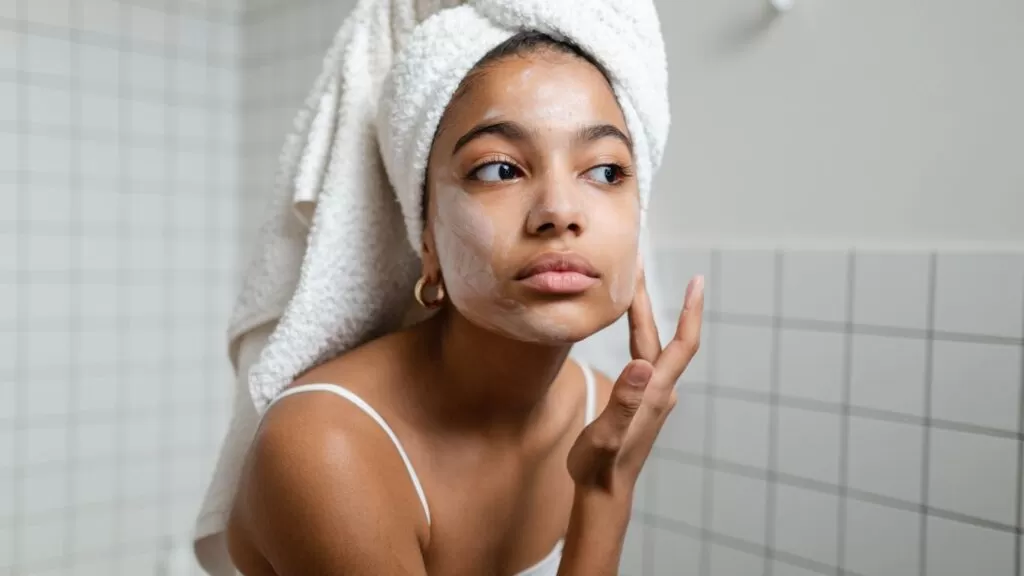
Now you have to apply hydrating essence to your face to hydrate it.
Choose a lightweight and hydrating essence that gives your skin additional moisture and protects it from moisture loss.
We recommend you use ingredients like Centella Asiatica or propolis. These are the best ingredients for acne-prone oily skin.
Moisturizer
Seal all of those skincare products with a good moisturizer. Yes, don’t think that you can skip this step, as it is important to lock the goodness in your skin, keeping it fresh throughout the day.
You can use a lightweight gel-type moisturizer.
Sunscreen
No skincare routine is complete without sunscreen. You need to protect your skin from harmful UV rays.
Yes, we know that oily skin is less prone to sunburn than dry skin, but that shouldn’t stop you from wearing sunscreen. Why? Oily skin is more prone to sun tan. Also, even if your skin doesn’t burn, you will still face different types of sun damage if exposed to sunlight.
Also, we know that most sunscreens have a thicker texture and make your skin oily. But you can always use powder or gel types of sunscreen to protect your skin without making it oily.
Night (PM) Skincare Routine For Oily Skin
Here is a quick nighttime skincare routine for oily skin.
Double Cleanse
It is not a hard fast food that you always have to use double cleansing at night. If you have applied makeup and sunscreen, you need to double cleanse.
- First of all, start with a lightweight oil cleanser.
- Apply all over your face and start by massaging gently to melt away your sunscreen and makeup.
- Now, with the water, emulsify the oil cleanser. It will ensure that the oil is removed from your pores, and it will not cause any further clogging.
- Follow up with the foaming cleanser to remove any leftover sunscreen, makeup, or oil from your face.
- But if you haven’t applied makeup and have only applied sunscreen, you can simply double cleanse with the same foaming cleanser.
- For the days when you have not left your home, you can only use a foaming cleanser to wash off the dirt.
Tip: Use a low-pH cleanser. It will help you reduce the oiliness of your skin without disturbing the natural pH balance.
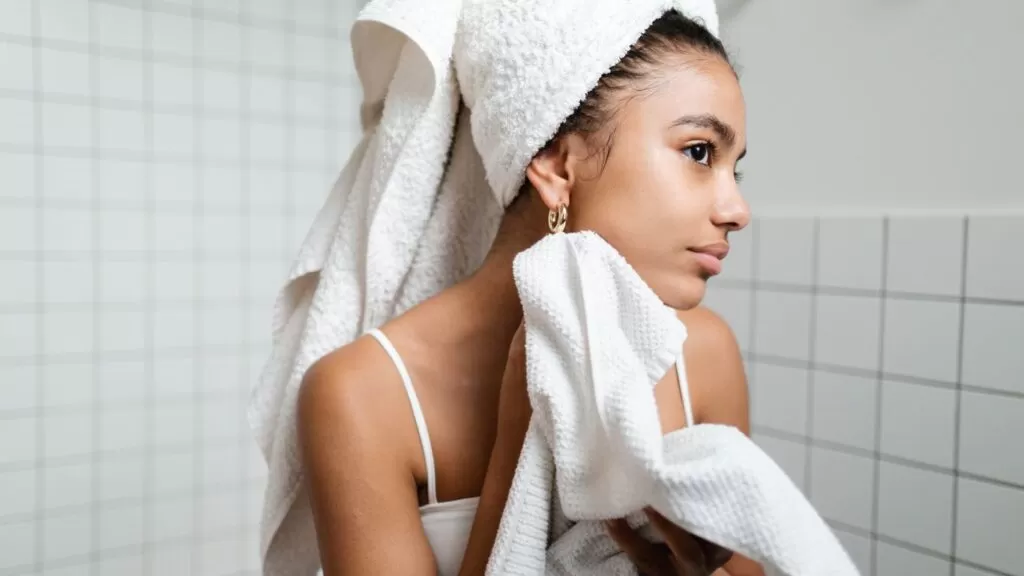
Exfoliation
Exfoliation is an important part of the skincare routine for oily skin. It removes all the dirt and gums out of your pores, which if left can cause acne.
It is always better to exfoliate at night. Why? Exfoliation brings out fresh skin that is susceptible to sunlight. It causes skin irritation by causing excess sebum production.
Also, there are two types of exfoliants, physical and chemical exfoliators.
Physical exfoliators include scrubs, clay masks, clarifying masks, etc.
Tip: You should look for scrubs with pine oil and black sugar.
Chemical exfoliators include AHA, BHA, LHA, PHA, peeling solutions, etc.
Learn more about them with this blog-An Ultimate Exfoliation Guide On Physical And Chemical Exfoliators
So the question is, How do I use physical and chemical exfoliators?
Well, for chemical exfoliators like AHA and BHA, you should use them twice a week.
And for physical exfoliators, once a week is good enough.
Toner
As with the morning routine, follow up with a hydrating toner to prep your skin for the next step.
Targeting Serum
This step is important for a nighttime skincare routine. After toner, apply a higher concentration serum to target specific skin concerns like acne, hyperpigmentation, pores, etc.
You can include these serums to target your skin concerns:
For acne- Retinoids, tretinoin, salicylic acid, sulfur, benzoyl peroxide, adapalene, etc.
You can use benzoyl peroxide in the morning too. We recommend you use it as a cleanser or low-concentration cream.
For retinoids, tretinoin, sulfur, and adapalene, we recommend you use a low concentration for treatment serum or cream. Also, only apply to the problem areas, as they can dry out your skin.
To learn more about acne treatment, check out this blog-Effective Skincare Tips To Treat Hormonal Acne
For pores- you can include serums like niacinamide, retinol, and salicylic acid.
Salicylic acid is a wonderful BHA that works magically to cleanse your pores. It is a must to have ingredient for oily skin and therefore, you can learn more about it from this article-How To Use Salicylic Acid On Face?
For hyperpigmentation- you can use Vitamin C, niacinamide, kojic acid, or glycolic acid.
Vitamin C is also a magical ingredient to lighten up your dark spots and give an even tone to your skin. But it can be tricky to include them in your skincare routine. There are many confusions about vitamin C among people. For example, how to use it? When to use it? How to layer it? Resolve all those confusions with this blog and include it in your skincare routine with ease-Vitamin C Serum- Everything You Need To Know
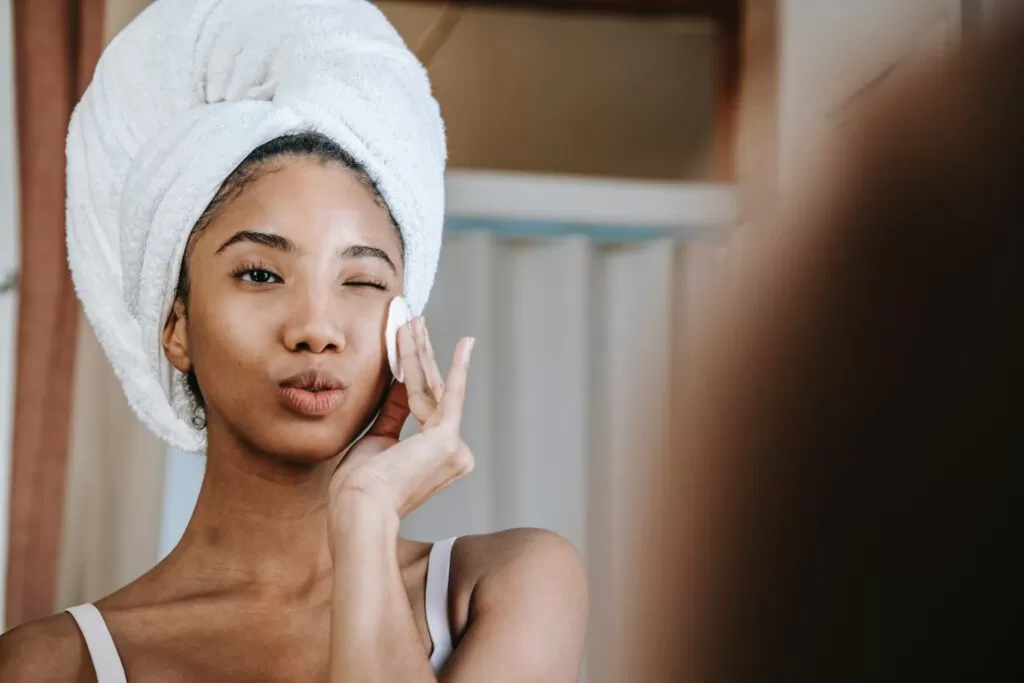
Serum
If you are applying retinol on your skin, we recommend you use a hydrating serum or essence before to protect your skin from the harsh effects of retinol. You can use a hyaluronic acid serum to layer your skin before applying retinol.
The hyaluronic acid serum is a beautiful ingredient to layer with any of the serums mentioned. You can layer it with Vitamin C, niacinamide, glycolic acid, salicylic acid, etc. Also, it adds an extra dose of hydration to your skin.
Eye Cream
Dark circles are The worst nightmare for everyone, and therefore, you need to take care of your under eyes while you are into skincare. You must apply an eye cream to nourish the eye area and reduce pigmentation.
Moisturizer
After applying all those things, you need to follow up with a good moisturizer. You can use a lightweight or gel-type moisturizer.
How To Reduce Oiliness Of Skin- Expert Tips For Oily Skin
Now that we know how to build an AM and PM skincare routine, let us give you some extra tips.
Lifestyle
First of all, let us talk about lifestyle. By changing a few things in your daily life, you can control oil production on your face.
Food
Let’s start with what you shouldn’t eat. Pizza, fries, sweet and salty foods, chocolates, fried foods, or anything high in glucose. We know these mouth-watering delights can make anyone’s day. But to control oil on your face, you have to avoid them.
We are not asking you to completely ignore it, but just try to reduce it. Also, try to include food items like potatoes, barley, tomatoes, lemons, apples, etc. Or anything high in vitamins B, D, and E is best for oily skin.

Sleep
Ensure proper sleep to control the oil on your face. Try to rest well for at least 6 hours a day. And try to sleep between 10 p.m. and 2 a.m. Why? Our skin mostly regenerates this time. So sleeping at this time is essential to maintaining your skin’s quality.
Say No To Oil-based Products
Do you often skip moisturizer, thinking it will only make your skin more oily? But the reality is that you need to only avoid oil-based products. You can include water-based skincare products to moisturize your skin and prevent oiliness.
Cleanse Deep Within Pores
Oily skin needs to be cleansed deep within the pores. You need to use chemical exfoliators twice a week to remove dirt from your pores.
Which one is a good AHA or BHA for oily skin? Well, BHA is an oil-soluble acid. It penetrates deeper into your pores and deeply cleanses them. Check out more about this acid-Beginner-Friendly Guide On How To Use AHA and BHA For Exfoliation?
Light-textured Skincare Products
Always, always use lightly textured skincare products. A heavier texture can make your skin even more oily.
Especially, if you are a teenager, you must use light-textured skincare products, as they don’t clog your pores and cause acne, blackheads, and many other skincare problems.
Clay Masks
Clay masks are an excellent choice for oily skin. It absorbs excess oil from the skin, unclogs pores, and minimizes the size of the pores. It also helps to exfoliate your skin deeply, providing a smooth and even skin tone.
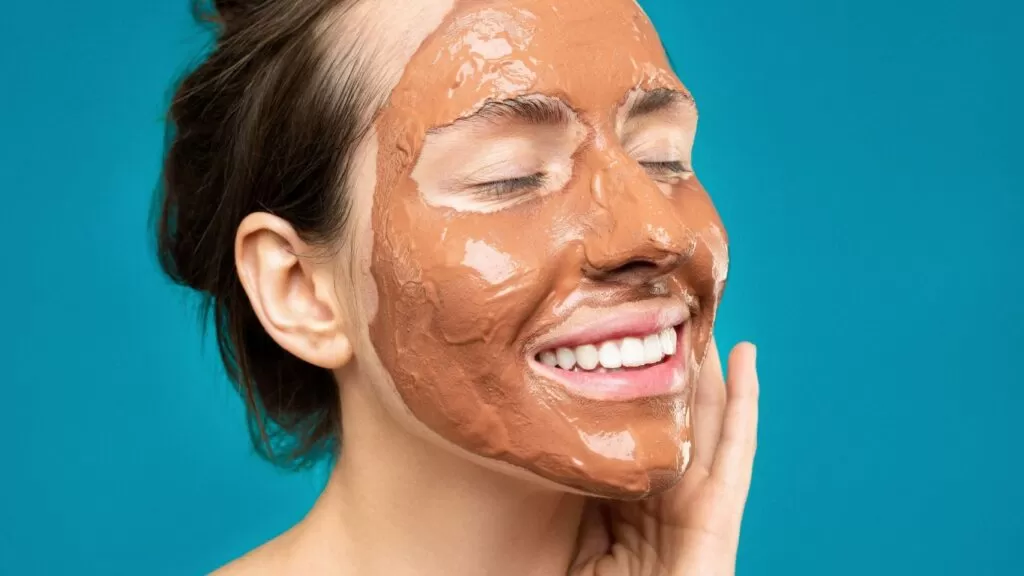
Best Ingredients For Oily Skin
Here are a few skincare ingredients for your oily skin:
- Cleansing- Charcoal, Morocco ghassoul clay, Fuller’s earth, etc.
- Control Sebum- Salicylic acid, chlorophyll
- Calming- Witch hazel, green tea, camphor, lemon, and methanol
- Anti-inflammatory- Tea tree, licorice root, zinc oxide
- Antibacterial and antifungal- Calendula, benzoyl peroxide, tea tree oil.
- Purification- clay, charcoal, sulfur, and aloe vera
Hydrate
Remember, hydrate, hydrate, and hydrate. Every skin type needs proper hydration, even oily skin.
Always look for hydrating skincare products. Why? When your skin is dry, the brain signals it to produce more oil. And that is why you need proper hydration.
Oiliness
The two best skincare ingredients to control the oiliness of your face are niacinamide and salicylic acid.
Bottomline
In conclusion, managing oily skin can be tricky sometimes. But with proper knowledge and patience, you can always ensure clear and beautiful skin.
You can use guide this to help you to create an effective AM and PM skincare routine. Always remember to be gentle with your skin. Being harsh on the skin can trigger excess oil production, making things worse. Also, if you have any doubts, let us know in the comment section below. We will happily resolve them.
Sources
- Survey on skin aging status and related influential factors in Southeast China
- Characterization of skin aging through high-frequency ultrasound imaging as a technique for evaluating the effectiveness of anti-aging products and procedures: A review.
- Skin aging risk factors: A nationwide population study in Mongolia risk factors of skin aging.
